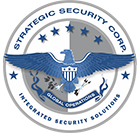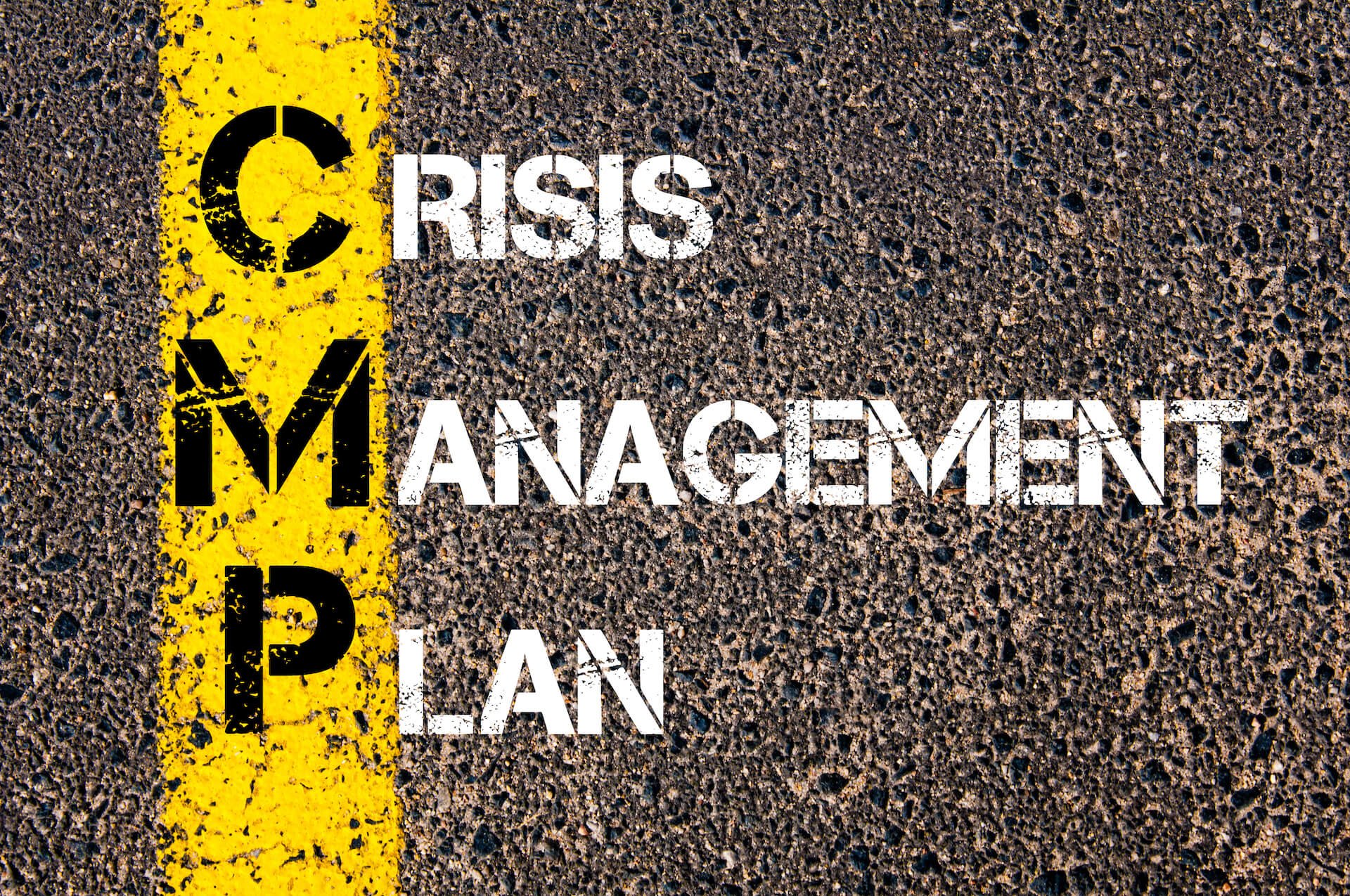Crucial Steps to Creating a Crisis Management Plan
Developing a crisis management plan will help you not only survive a crisis, but thrive once you’re through it. During times of crisis, your level of forethought and preparation will be exposed. Proper thinking, planning, and training will show up in an organized and productive crisis response. Lack of planning will show up in disorganization, chaos, and potentially, the loss of your business.
As with so many aspects of success, being intentional is paramount. When creating a plan for emergency situations, you must contemplate the various tasks that will fall to your emergency response team, as well as the non-security personnel in your firm.
Your plan should include the following three phases:
- Phase 1: Risk assessment – the “what ifs?” of your business
- Phase 2: Coordination – who will do what, and when?
- Phase 3: Resource and guidance development – can your firm handle these tasks internally, or are outside resources needed?
Phase 1: Risk Assessment
This is the thinking phase. What could go wrong? Which events outside of your control have the potential to cause a situational crisis for your business? The goal here is to stay proactive and preventative. The more thought that goes into your risk assessment, the better your planning and response will be.
You need to consider the cascading effects of preparation and response:
- A catastrophic event or attack occurs without warning
- Your business is impacted by the event
- Your response dictates whether your business recovers, or experiences further negative consequences
Phase 2: Coordination for your Crisis Management Plan
The coordination phase refers to the integration of your security management team with the “boots on the ground” personnel who are executing the process. Effective coordination will include:
- Having clear and known processes in place
- Detailing responsibilities across your organization
- Planned exit routes for employees and/or customers
Phase 3: Resource and Guidance Development
During this phase, you’ll have to make an honest assessment of your firm’s ability to complete all tasks in your comprehensive crisis management plan. Do you have the resources to staff an emergency response team? Will you use third party software to manage all of your security functions?
If the answer is “no,” then you’ll have to look for outside help. Using outside help for your security and crisis response plan is like insurance. You must have it, but you hope you never need to use it. That’s why it’s essential that you have a committed partner in place.
Strategic Security Corp is the ideal partner for businesses across many industries. With millions of man-hours worked, and command of the latest security-enhancing technologies, Strategic Security Corp delivers peace of mind, and cost savings to security-conscious businesses all over the nation.
Readiness and Staffing: Watching Trends Can Strengthen Your Plan
As part of your initial risk assessment, you went through every possible variation of “what could go wrong?” However, the world is dynamic, and along with wonderful innovations, threats and dangers arise, too.
You must work to keep your security and crisis management plan flexible and adaptable. As new threats materialize, you may have to consider adding new assets, including:
- Armed or unarmed security
- Tent security
- Medical facilities
- Temporary life support
Besides common theft or vandalism, certain crises are more disruptive than others. Your crisis management plan must consider threats from:
- Cyber criminals
- Active shooters
- Natural disasters, including:
- Disease outbreaks
- Earthquakes
- Floods
- Hurricanes and tornadoes
In these more disruptive events, other businesses will likely be affected, so communication between your team and public emergency management assets must be optimized.
Staffing for the myriad of threats your business faces is paramount. When a situational crisis develops, all your security people must know what to do, and be ready to do it.
Your emergency response team must be able to report and coordinate in “real-time” to stay on-target with your overall crisis mitigation plan. Relying on a trusted partner for expert staffing and planning improves your firm’s chances of surviving a crisis.
Response – Activation and Deployment
Activation and deployment of your crisis management plan involves the who, what, when, and how of your security team’s actions. Crisis always strikes suddenly; by definition, you can’t control what happens to you during a crisis. However, you can control what you do in response.
To aid in activation and response, consider the following security processes:
- Overwatch – 24/7 coordination of assets and services
- Remote guarding – smart security camera systems integrating data analytics and intelligent analysis
- Security Operations Center (SOC) – a physical, centralized headquarters for security monitoring. The SOC supports field operations on-premises.
- CCTV and Intrusion Detection – state of the art cameras and monitoring. Also, strategic use of alarms and biometrics to restrict access to sensitive areas, or learn of a breach instantly.
Strategic Security Corp’s approach to integrating all of these services is always customized to the specific needs of your emergency response team and crisis management plan. There is no “one-size-fits-all” solution to security. Strategic Security Corp works with you to determine the unique needs of your operation.
Strategic Security Corp brings a combination of professional and dependable people – those who will actually be performing tasks during a situational crisis – and the latest technological innovations. From monitoring your facilities in the SOC, to the coordination of mobile patrol assets, Strategic Security Corp helps you anticipate and manage risks. Strategic Security Corp’s integrated security solutions help you grow your operations while containing security costs and losses.
Post-Crisis: Recovering
Once you’ve made it through a crisis, make the best of it by studying what happened, and applying the lessons learned to your business for the future. During your crisis review, assess and analyze the situation in the context of your existing crisis management plan.
You’ll want to review what went right in your plan. What did you correctly anticipate? What didn’t go the way you expected? Where did your security management efforts fall short?
If you use a security solutions provider like Strategic Security Corp, ask them for data related to the crisis. Strategic Security Corp provides firms a detailed analysis of the situational crisis, and the actions taken to address it.
Incorporate the post-crisis analysis of your security firm with internal findings. Review the perspectives of all affected departments, even those that were not necessarily on the “front lines” of the event. Use all the data and perspectives gathered to update and improve your crisis management plan for the future.
If developing a crisis management plan is something you need help with, reach out to Strategic Security Corp. Strategic Security Corp customizes security and crisis response solutions to businesses of every size, in every industry. Learn how Strategic Security Corp can help your business with crisis management.
Tags: #emergencyresponse, #emergency



